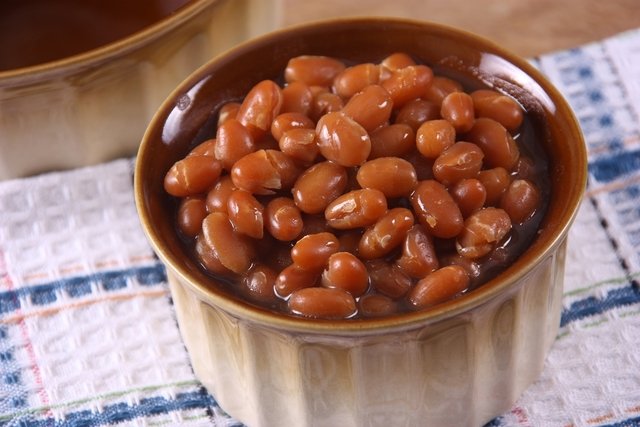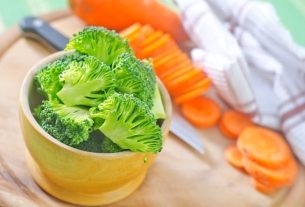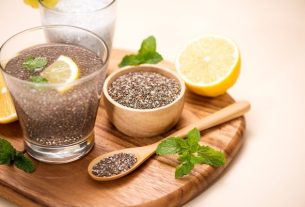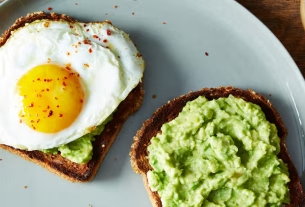Beans and other legumes, such as chickpeas, soybeans and lentils, can cause gas as they contain high amounts of raffinose, stachyose and verbascose, oligosaccharides that are not digested by the body, and can also cause bloating, abdominal discomfort and cramps.
The oligosaccharides present in beans are used as food by intestinal bacteria, promoting fermentation and the formation of intestinal gases. However, some strategies, such as cooking well and soaking the beans, help reduce the content of these oligosaccharides in the beans, preventing the formation of gas.
Furthermore, some measures, such as massaging the abdomen and consuming teas, for example, can also help eliminate intestinal gas that has already formed. Check out some tips to eliminate gas.

The main tips for eating beans without getting gas are:
1. Remove the skin from the beans
To eat beans without worrying about gas formation, you must remove the skin of the bean, as this part contains a higher level of oligosaccharides.
To remove the skin from the beans, simply follow the following step by step:
- Place the beans in a basin with cold water, letting the grains rest for 5 to 10 minutes;
- With the beans still in the basin, rub the grains in the water, with the palm of your hands, until all skins are removed;
- Fill the basin with water and stir the beans well until the shells float in the water;
- Remove the bean skins gradually.
At the end of this process, you must change the water in the basin and leave the beans to soak before cooking.
2. Leave the beans to soak for 12 hours
To reduce the amount of oligosaccharides present in beans, preventing the formation of intestinal gas, it is recommended to wash the bean grains well under running water, leaving them to soak for 10 to 12 hours in cold water at room temperature. After this period, the sauce water must be discarded, washing the bean grains well under running water.
3. Cook the beans well
Cooking the beans in water for 30 minutes in a pressure cooker, or between 60 and 90 minutes in a regular pan, helps to reduce the amount of raffinose, stachyose and verbascose in this legume, preventing the formation of gas, cramps and abdominal discomfort.
4. Cooking beans with herbs
Cooking beans with bay leaves, fennel, fennel or cumin helps relieve gas because these herbs contain eugenol, methyl chavicol and anethole, bioactive compounds that improve digestion and relieve abdominal cramps.
Discover other foods that also cause gas and learn how to eliminate them:
Bibliography
- MANSOUR, O.; et al. Review Study on the Physiological Properties and Chemical Composition of the Laurus nobilis. The Pharmaceutical and Chemical Journal. 5. 1; 225-231, 2018
- SHOJAII, A.; FARD, M. A. Review of Pharmacological Properties and Chemical Constituents of Pimpinella anisum. ISRN Pharm. 2012. 510795, 2012
- NJOUMI, Sondos et al. Soaking and cooking modify the alpha-galacto-oligosaccharide and dietary fibre content in five Mediterranean legumes. International Journal of Food Sciences and Nutrition. Vol.70. 5.ed; 551-561, 2018
- CLEVELAND CLINIC. What You Should Know About Beans and the (Embarrassing) Gas They Cause. Disponível em: <https://health.clevelandclinic.org/the-musical-fruit-what-you-should-know-about-beans-and-gas/>. Acesso em 21 set 2022
- FERNANDES; Ana Carolina; PROENÇA, P, C, Rossana. Recommended techniques for pre-preparing beans: soaking and discarding water. Nutrition on the agenda. Vol.19. 111.ed; 50-56, 2011






